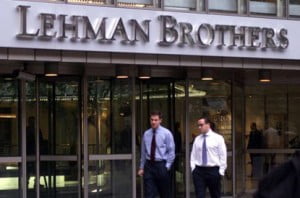
Lehman said the reorganization plan, which it has worked on for months, would provide a global and efficient resolution to the company’s bankruptcy, by resolving creditor claims and even those claims that various Lehman entities have against each other.
Secured, administrative and priority creditors would be paid in full under the proposed plan, while general unsecured claims, direct intercompany claims and guarantee claims would in part be satisfied by some “pro rata” cash distributions. Stockholders would receive nothing and their shares would be canceled.
The Lehman Brothers Chapter 11 bankruptcy has clearly demonstrated the power of bankruptcy to transform and minimize damage done when businesses fail whether they are large or small. The Lehman Brothers bankruptcy was the most complicated bankruptcy case ever tackled by the U.S. bankruptcy system and the fact that this company has been able to quickly sell its core assets and then begin to close its bankruptcy case after only a year and half is proof that bankruptcy is an effective and beneficial tool for business and individuals.
A bankruptcy law professor summed it up perfectly:
“Lehman went in and there was real concern whether bankruptcy could handle something like that,” Jack Williams, a bankruptcy law professor at Georgia State University, said on Monday. “(The detractors) were wrong then and they’re wrong now … It works for small, medium and gargantuan businesses.”